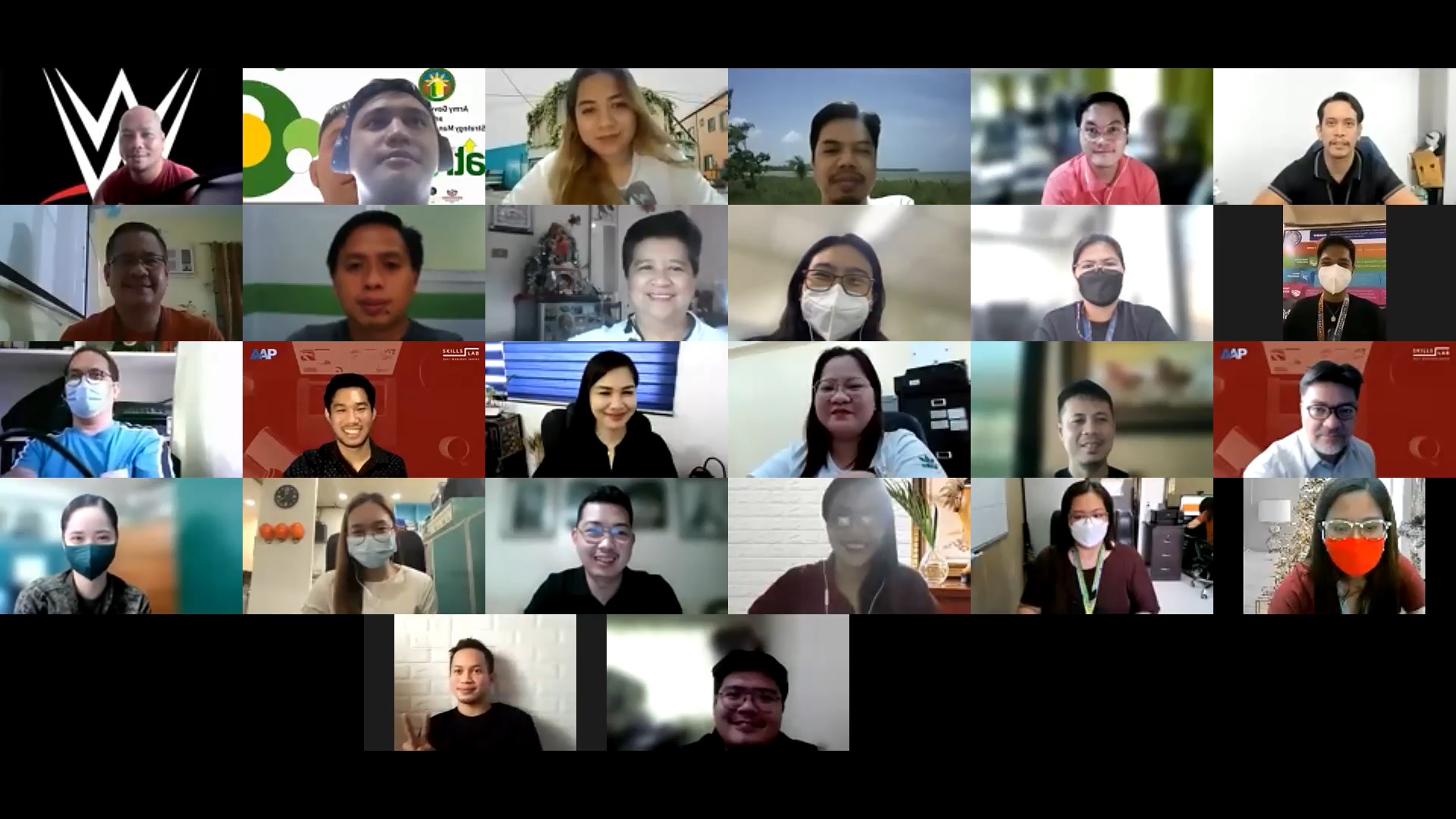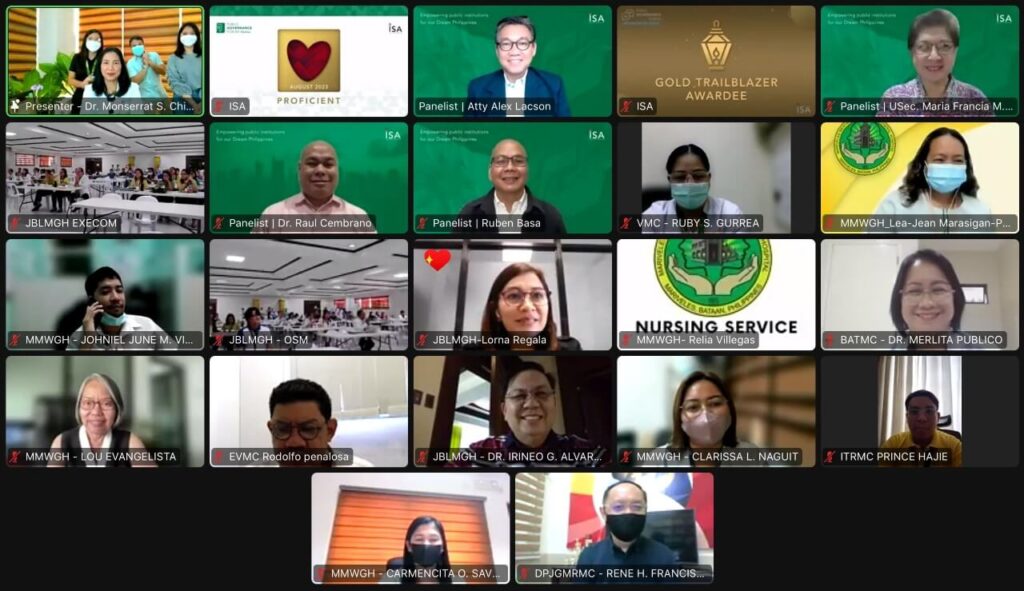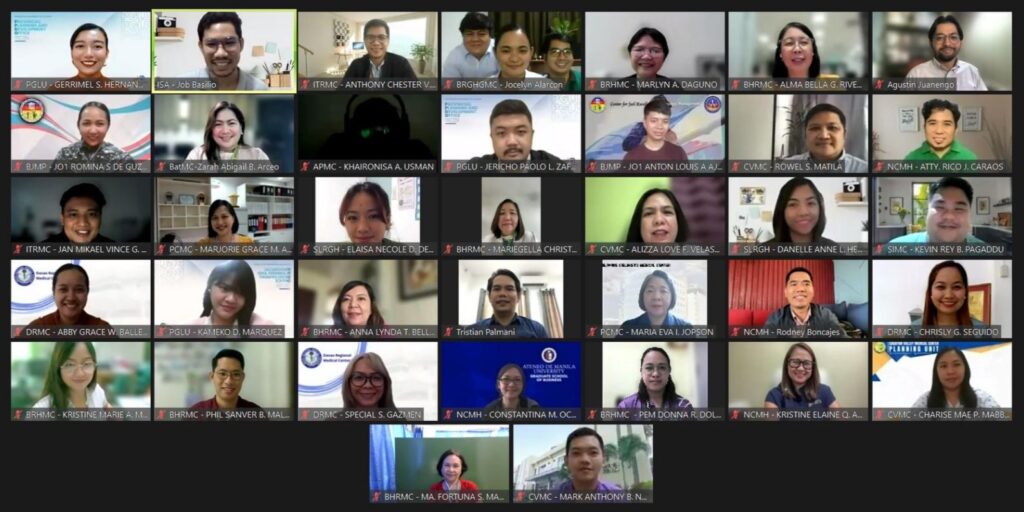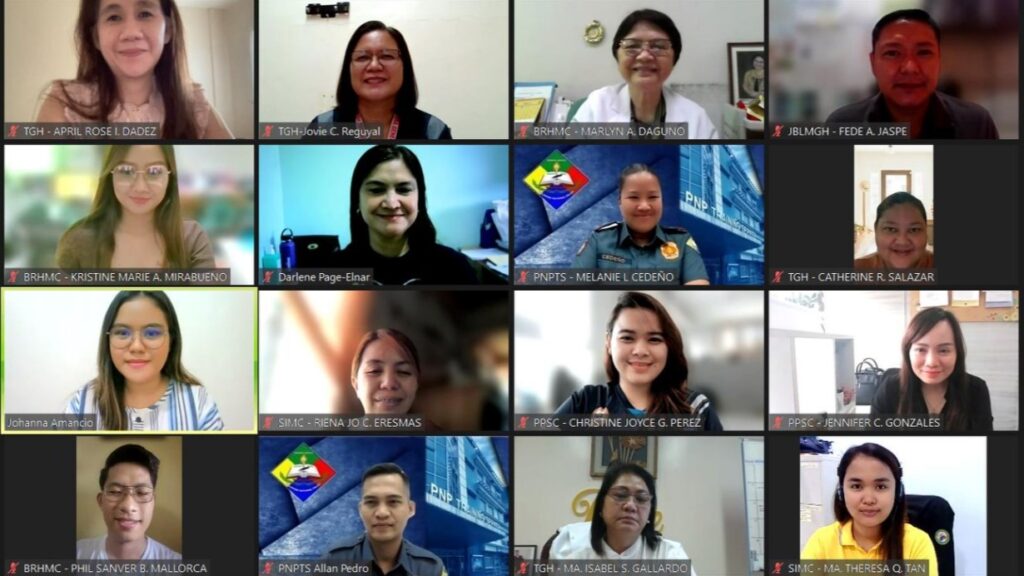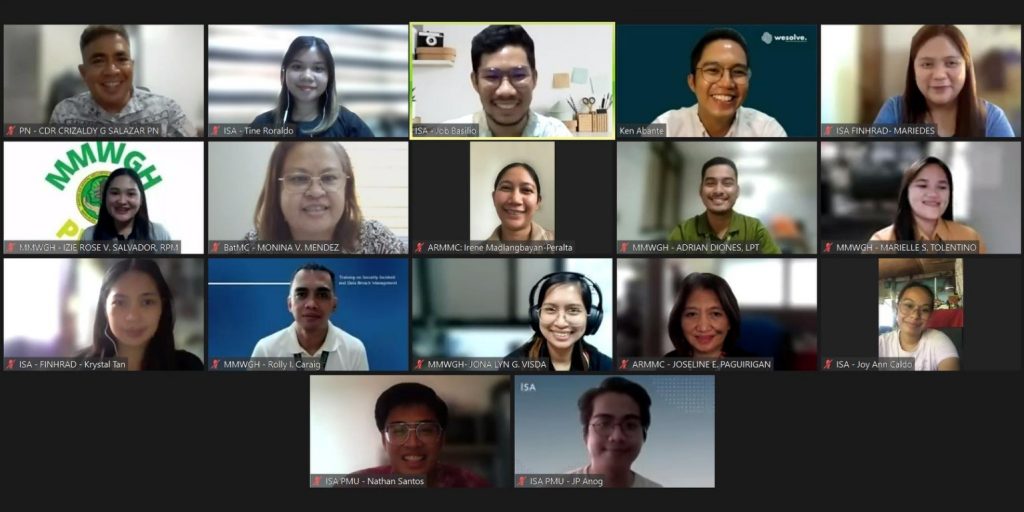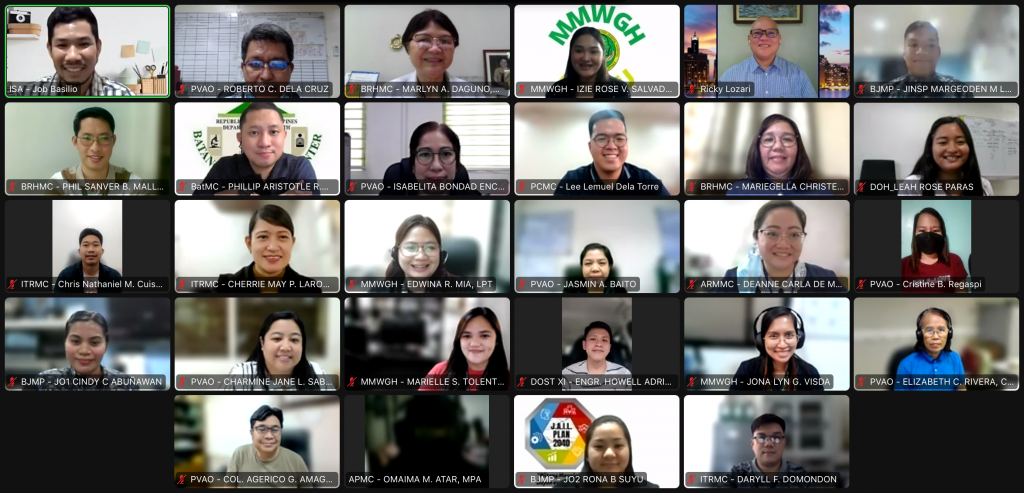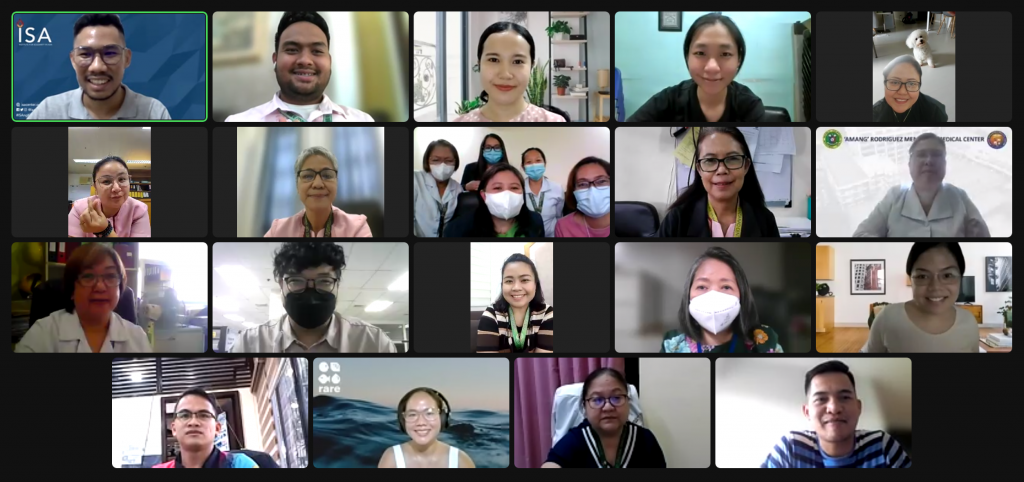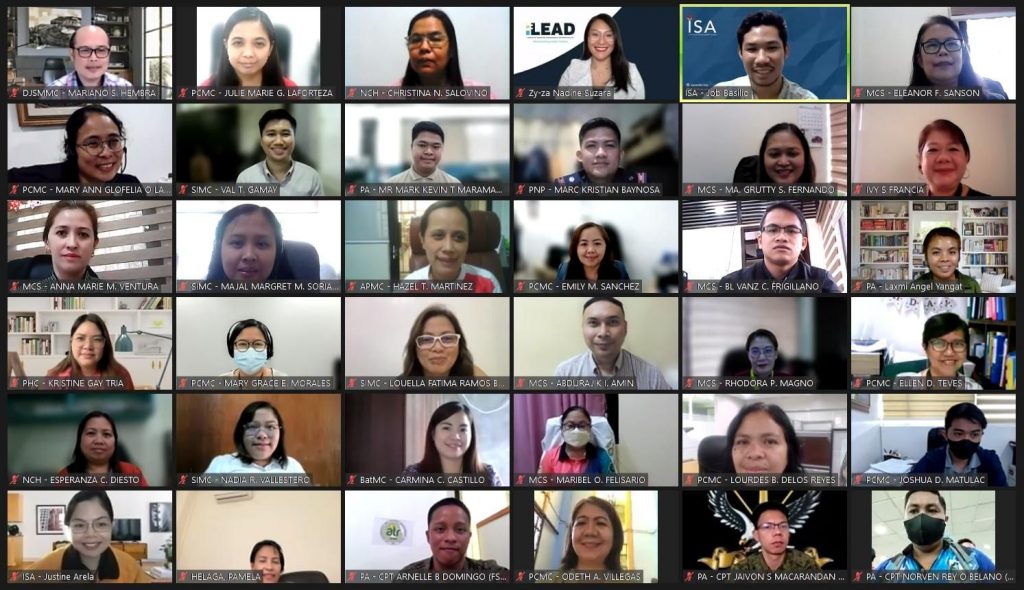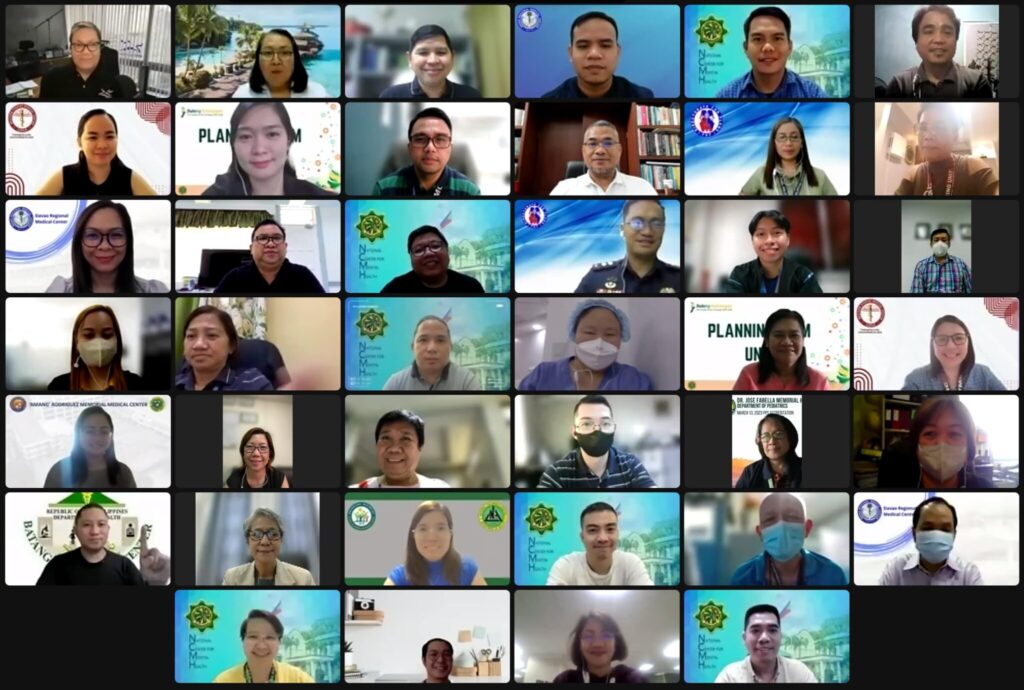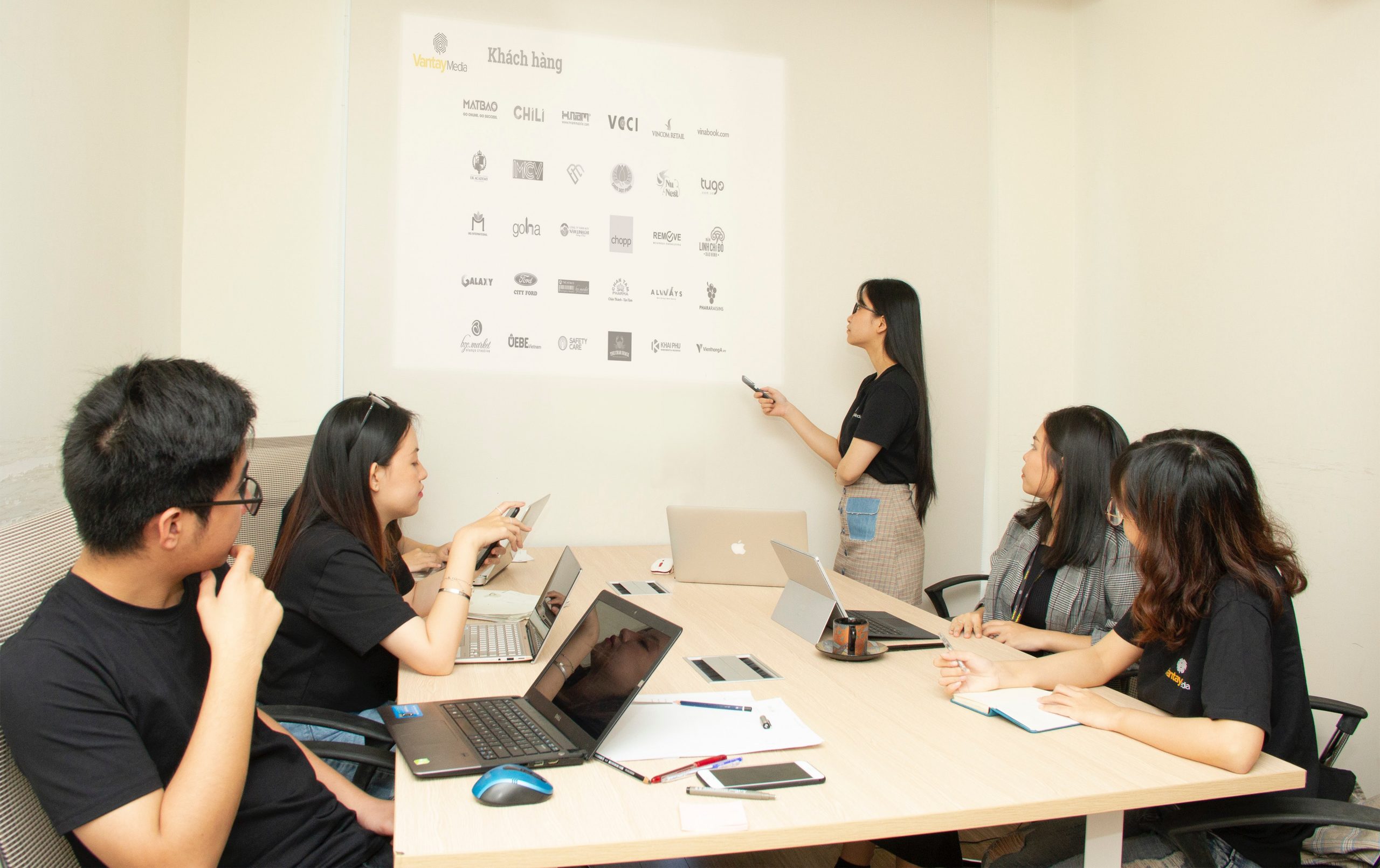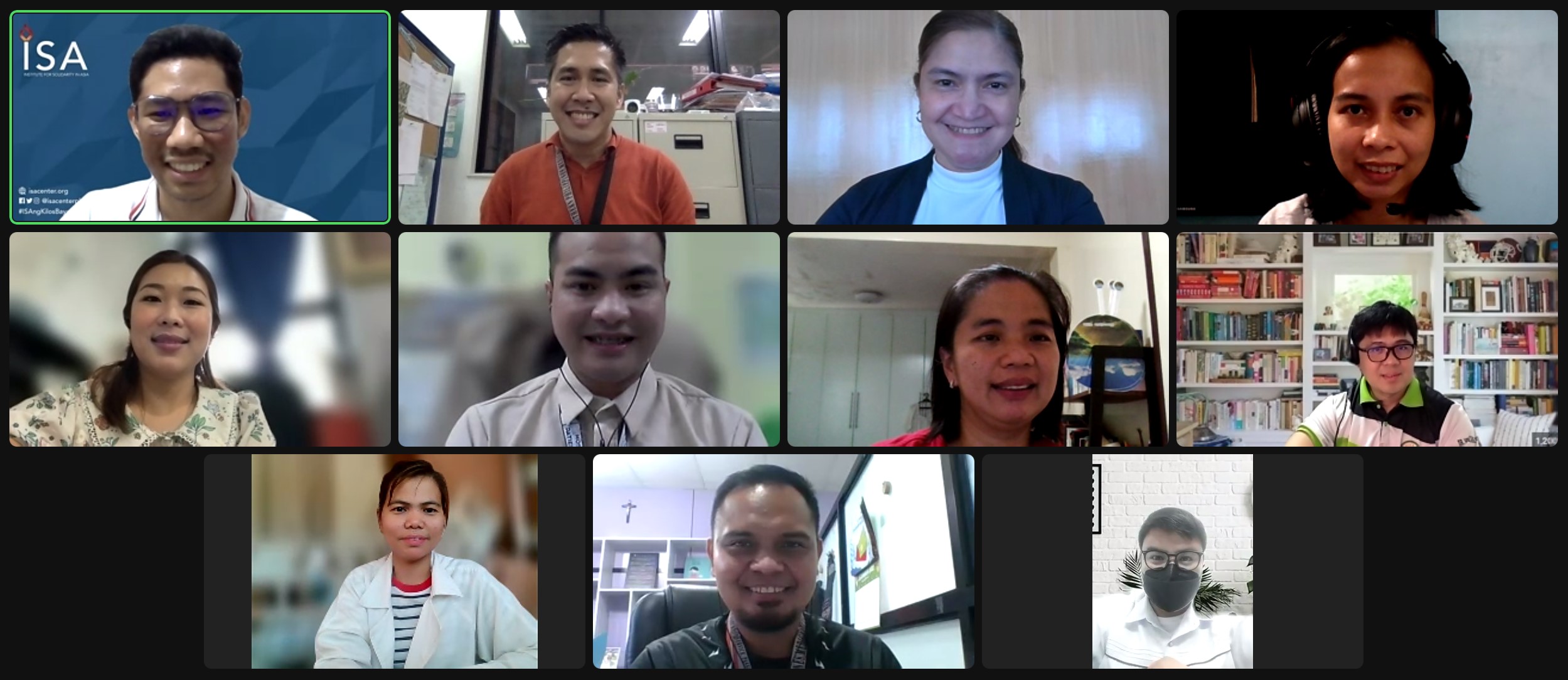The COVID-19 pandemic has caused an abrupt paradigm shift in public service delivery, turning digital transformation from a mere option into a necessity for survival and responding to the changing needs of the people.
But while embracing a digital mindset promises opportunities for growth and game-changing results, it can also be significantly overwhelming to accomplish due to reluctance, unreasonable expectations, or lack of motivation. To help shed light on the true essence, purpose, and impact of digital transformation in the public sector, the Institute for Solidarity in Asia (ISA) capped off its Skills Lab program for the year with a three-part lecture series focusing on Design Thinking, Digital Transformation, and Data Management with the help and expertise of data practitioners from the Analytics Association of the Philippines (AAP).
Here are five things to keep in mind in embracing digital transformation:
1. Design thinking is a human-centered approach to innovation.
Building on IDEO CEO, Tim Brown’s ideology, Analytics, and Experience Design expert, Mr. Sherwin Pelayo says that design thinking is a problem-solving approach that always puts people first and involves them in the process of creating a solution.
“The solution to a problem can only come from the people who experience that same problem. If we do not experience the problem, we do not have any business in solving it unless we involve the people facing it themselves,” he emphasized.
Design thinking involves five phases namely empathize, which means gaining an empathetic understanding of what your stakeholders care about; define, which means identifying their core problems; ideate, which focuses on coming up with ideas to solve the issues; prototype, which means producing an initial version of the solution; and test, where the stakeholders can utilize the product and the organization gets the chance to solicit feedback.
“In all those phases, involved lagi ang customers because what we are trying to do is solve problems they are facing,” he said.”That’s the key in solving problems in the digital age.”
2. Myths of digital transformation
With technology projected to change the way we work within the next ten years, AAP Industry Development Committee Chairman, Mr. Monchito Ibrahim shared and debunked a few misconceptions about digital technology.
While many believe that improving their I.T. will lead to digital transformation, Mr. Ibrahim clarified that technology is not the heart of digital transformation nor will create transformation for the organization.
“It’s not about fundamentally changing your technology. It’s about strategic thinking, staying relevant and meeting the changing needs of your customers,” he said.
Similarly, Mr. Ibrahim explained that the usage of digital communication platforms such as social media does not equate to digital transformation.
“This is one common misconception. It is not about creating a Facebook page or other social media platforms, but instead creating a mind shift from where you are now, within your customer’s mind, your colleague’s mind, and the public mind,” he noted.
Mr. Ibarahim said that it is also common for organizations to think that the digital mindset will come, with people eventually being “able to develop their own digital mindset”. Digital transformation, however, is “not like another project that can simply be layered on top of the organization” according to the digital expert.
“Having a digital mindset is very important in this fast-changing environment. Today, the amount of disruptions taking place is so enormous. Transformation would need deep thinking, which means taking one problem at a time, no emails or calls, and providing enough space for more ideas,” he said.
3. Challenges of Digital Transformation
Barriers in a digital transformation journey differ from an organization to another, but Mr. Ibrahim stressed that if not properly addressed, these barriers will eventually come about at some point and lead to failure. One challenge, according to Mr. Ibraham, is the lack of political will to change.
“More than 50% of senior executives say that the lack of courage to change is the major barrier to transformation. For these executives, to change is to get out of their comfort zones,” he said.
Most organizations, he continued, are also burdened by legacy systems that remain to be “difficult to take away”. Similarly, siloed systems and mindsets are among the biggest barriers. These are unwritten competitions within teams and departments that lead to mayhem situations that block transformation.
Finally, Mr. Ibrahim identified the lack of resources and budgetary concerns as the most difficult challenge to overcome but is certainly not a dead-end barrier.
“You must come up and pitch the idea of digital transformation. The best way to do it is to anchor it on the specific goals and objectives of the organization. If it’s not, mahirap humingi ng budget. If the leadership believes digital transformation needs to happen, then it has to be supported by budget/resources,” the digital expert suggested.
4. Skills digital leaders need to be successful
The new normal calls for leaders not only with management qualities but also a firm grasp of how technology works. According to Mr. Ibrahim, having a digital vision and being adaptable are among the fundamental skills needed to bring lasting digital transformation to an organization.
“Technology is constantly evolving. As a leader, it is very crucial to see the outcomes of what is implemented today and the potential regarding where new technology might actually take the organization in the future,” he said. “It is important to be able to grow and change with the times if you want to make the most of the digital times ahead.”
Communication and understanding also play a crucial role in adapting to digital technology. Mr. Ibrahim stressed that “it is impossible to implement new technology if the leader cannot show a clear understanding of what they are advocating for.
“Senior leaders must learn how to translate the language on behalf of their people,” he added.
5. Understand the blueprint in doing data management
A common afterthought after collecting data is, “how do I bring this data to life”? According to Mr. Dominic Ligot, Founder of CirroLytix, this is where data governance, which is defined as the sum totality of an organization’s approach to data, comes in handy.
“You have to establish data governance not just to do data analysis but to create an organizational change related to data. So whenever you’re considering implementing data what you’re really doing is establishing governance,” he explained.
He then introduced the ten aspects of the Data Management Wheel, including data architecture, modeling and design, storage and operations, security, among others. Ultimately, Mr. Ligot reminded the delegates of the impact of data and the crucial role of organizations in its consumption.
“Data is a weapon. How you use the weapon determines the good and bad,” he said. “It’s incumbent on us to not just avoid the downside but actively pursue the good.
The Skills Lab is a development program focused on transferring technical skills for effective and efficient execution of the organization’s strategy. More Skills Lab courses await next year! For more information, please contact Janine Medina at [email protected].


